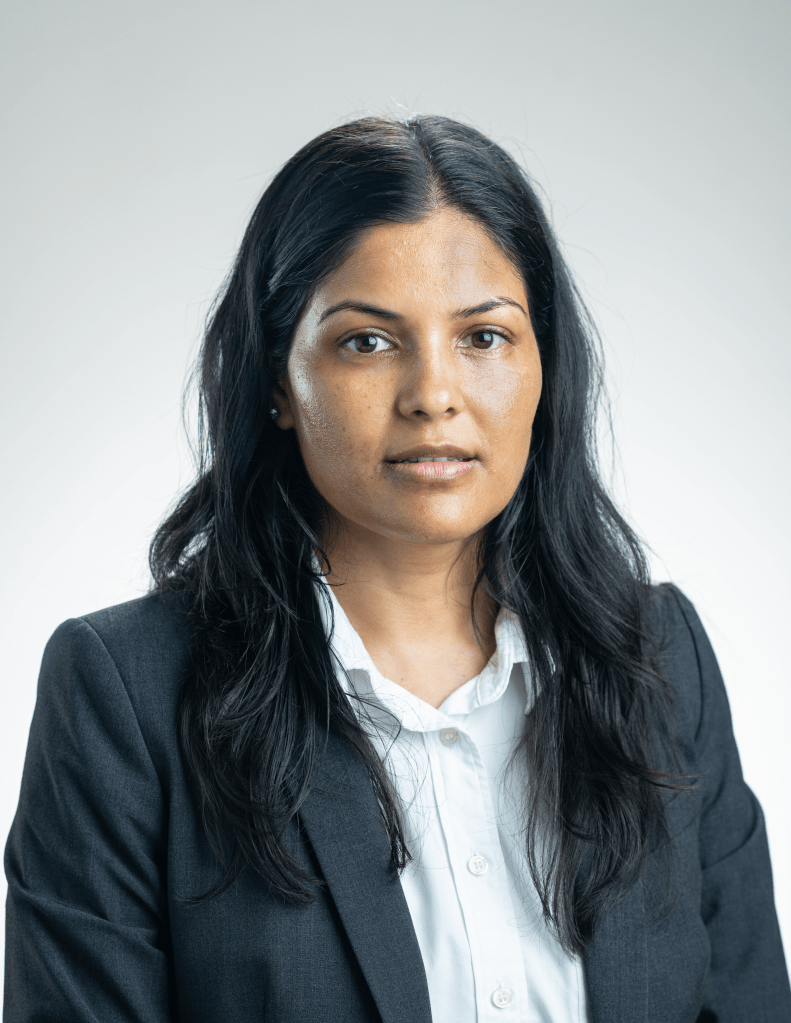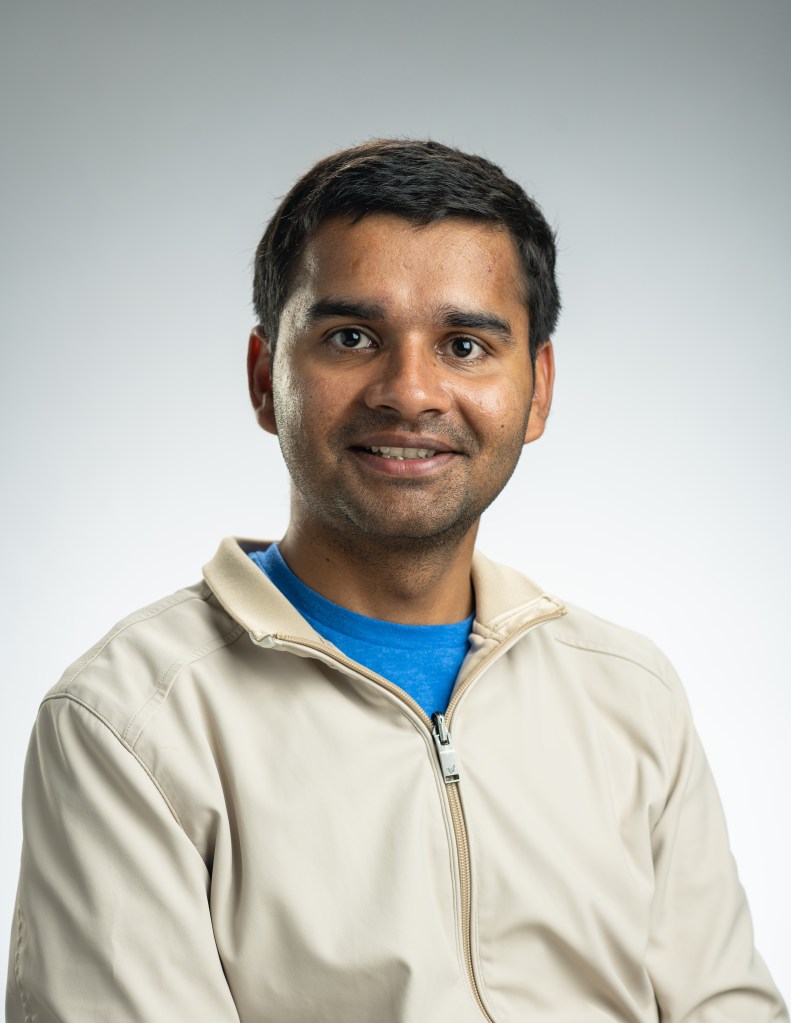Beverly Girten
Contents
Personal Essay
For as long as I can remember, I have always felt that the destiny of the human race lies in space. During elementary school, I was very interested in space and all sorts of living things, but we did not have much formal science in grade school. My curiosity led me to learn as much as possible by watching TV, reading and asking a lot of questions, particularly about space, science and science fiction. By seventh grade, when I had my first formal science class, I knew that I wanted to work for NASA.
Both my parents served overseas in the Army during World War II. I was one of four children and have two sisters and a brother. My mother was a registered nurse and Army officer in North Africa during World War II and she always told me that with hard work and determination, I could accomplish just about anything.She encouraged all her children to always do their best, get a college education and to serve our community and our country.All of us have college degrees and all of us became public servants.My mother dedicated her life to serving others and she served as my primary role model and has always been a great inspiration to me. We lived near Wright-Patterson Air Force Base in a suburb of Dayton, Ohio, and had a creek in our backyard. These two things contributed quite a bit to my passion for space and biology. I used to love to go to the Air Force Museum and the Museum of Natural History in Dayton, and go exploring down at the creek. Now, I enjoy taking my nieces and nephews to these museums and on vacations that take us to places where we can explore nature. By the time I was in junior high school and watched the first people walk on the moon with my family and the rest of the world on TV, my curiosity had developed into a deep passion for space and a desire to understand how living things worked and how they would adapt to space.
I received my bachelor’s degree in biology, taught high school biology and coached basketball and track for four years before going back to school to get my master’s and doctoral degrees. I completed postdoctoral work with the Air Force and was a university researcher for a few years. Then I spent almost a decade in the pharmaceutical industry working on new discoveries, including compounds that would help with diabetes, inflammation and heart disease. Some compounds we discovered work to ameliorate osteoporosis and the disuse deconditioning that people and other organisms experience with space flight. I have had the opportunity to give presentations in eight different countries and have been inventor on fourteen patents.Although I moved up to Senior Director for Biology and Strategic Research at the pharmaceutical company, I continued to have a deep desire to work more directly on the types of things that were being done at NASA that would one day allow us to colonize space.
After being the longest-term employee at the pharmaceutical company, I took a paid sabbatical and went to NASA Ames Research Center.I was so enthused by the work being done at NASA that I soon accepted a job at NASA Ames and have been here ever since.I worked in the life science division, first as a Project Scientist and a Project Manager for space payloads, then became Branch Chief and Acting Division Chief.As Project Scientist and Project Manager I traveled to Florida to participate in a number of science experiments that flew on shuttles and the International Space Station. The shuttle launches were magnificent and the landings were tremendous. Then, I spent a year at NASA Headquarters and although most of my work centered on space life sciences, I was exposed to a broader perspective relating to strategic management, advanced planning and policy.This experience showed how being involved in cross-cutting activities like strategic management provides a chance to influence a wide variety of technical and nontechnical activities at the Agency.Since coming back from NASA Headquarters, I have been Deputy and Division Chief of Strategic Management and Analysis and Deputy Director for International Space Station Utilization at Ames. Currently, as the Assistant Director of Strategic Planning and Implementationand Ames point of contact for the NASA Strategic Planning Team I am working with people from all over NASA to update the NASA Strategic Plan for 2014.One of my primary goals now goes far beyond just life science.I want to help formulate a Strategic Plan and policies for NASA that are bipartisan and sustainable so that the Agency can continue to make efficient forward progress on a long range vision and mission that not only will inspire the Nation, but also the world. It is this type of inspiration that is essential to motivate more people to become engaged and excited about space and help humanity take our next step toward realizing our destiny, which I am still certain, lies in space.
Biography

Beverly Girten knew at an early age that she wanted to work for NASA. Through her mother’s encouragement and her deep curiosity about science in general and space in particular, and her strong work ethic, she was able to get a solid education.After earning a bachelor’s degree in biology at Miami University in Ohio, she taught high school biology and coached for four years before returning to obtain her graduate degrees.She earned her master’s degree then went to Ohio State University for her Ph.D.She did her postdoctoral work at the Aerospace Medical Research Laboratory in Dayton, Ohio, then served as a research professor at the Wright State University School of Medicine. Motivated in part by her mother’s chronic heart disease, Dr. Girten spent almost a decade working in the pharmaceutical industry.She was instrumental in discovering and inventing a variety of compounds that help combat heart disease, diabetes and inflammation and oversaw clinical trials for several of them.She also was able to maintain her interest in aerospace medicine by discovering and obtaining patents on several compounds that counteracted the type of disuse deconditioning that occurs with space flight.She took a paid sabbatical to NASA Ames almost 15 years ago and has been there ever since. Dr. Girten has worked in several research and space payload operation roles at NASA and is now leading the Strategic Management and Analysis group at NASA Ames. When she is not working, she is an avid reader, and enjoys all types of flying, especially paragliding. She also has a passion to both hunt and collect fossils and meteorites.Dr. Girten looks forward to a future where she can continue to make significant contributions towards the colonization of space both technically and strategically, and help inspire the next generation to do the same.
























